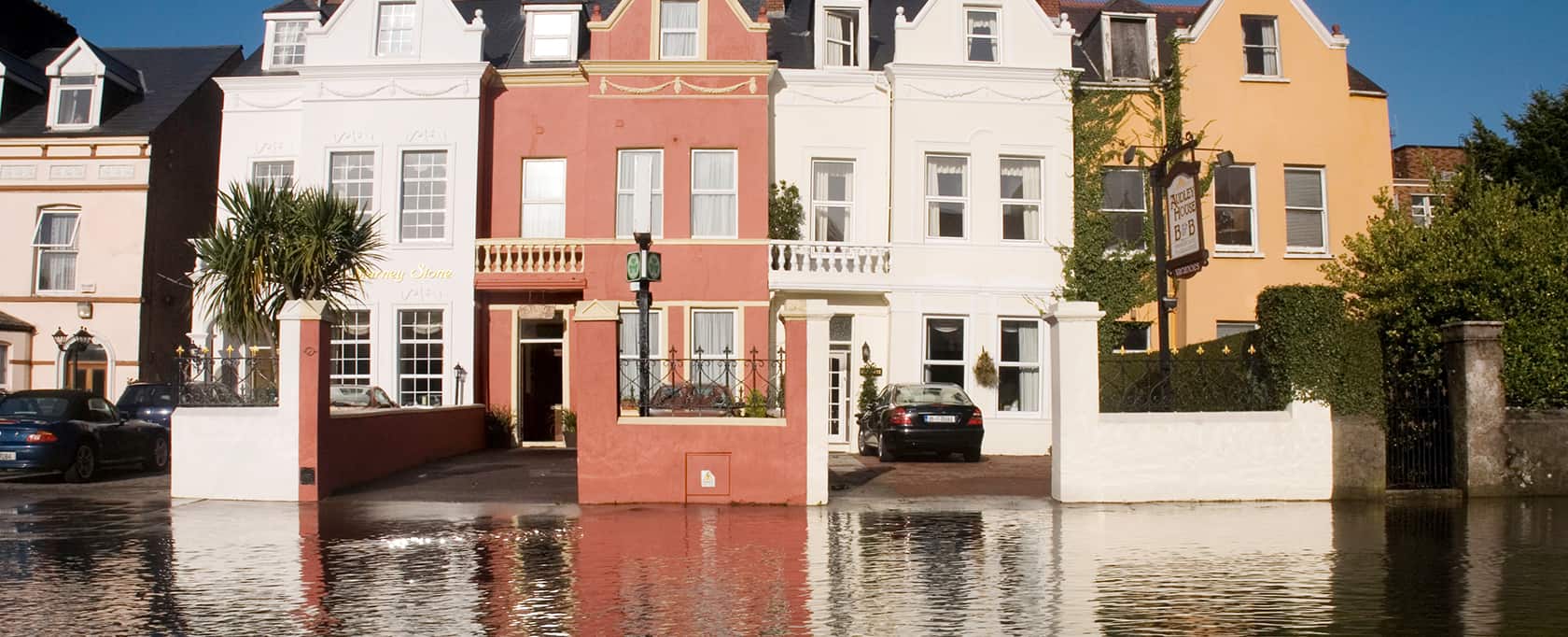Most likely you have seen mentions in the media about the changes to the National Flood Insurance Program (NFIP) that were enacted October 1st. What does this mean for you?

Founded in the late 1960s, the NFIP mission is to provide flood insurance for homes and businesses. Most homeowners insurance policies do not include coverage for flooding. This Federal program provides flood coverage to more than 5.5 million residential and business customers in the U.S.
The vast majority, or about 80 percent, of flood policyholders have been paying a premium that appropriately reflects the risk of flood based on their property’s value and location. However, the 20 percent of customers who have been paying far less than their risk-to-cost ratio due to subsidized rates have thrown NFIP’s balance completely off kilter. In recent years, the NFIP paid out more than $16 billion after Hurricane Katrina and $7 billion in the wake of Super Storm Sandy. The U.S. Treasury had to loan the NFIP money to help pay the overwhelming number of flood claims.
Last year, the Biggert-Waters Flood Reform Act of 2012 was passed by the U.S. Congress to restructure the program and make it more fiscally sound. Going forward, the rates charged will more accurately reflect the individual risks. What does this mean for you? Depending on your location, flood policy rates may increase. For the one-fifth of customers previously charged discounted or subsidized flood insurance rates, rates may increase up to 25 percent each year.
We recommend that you check with your insurance agent to find out if the recent NFIP changes will affect your flood policy premium. Rates are determined based on information taken from your flood elevation certificate, and if you do not already have one for your property, your agent can assist in ordering one.
If your mortgage company includes your flood policy premium with your loan, be sure to follow up and make sure your flood insurance premium has been paid by the due date. If there is a lapse in flood coverage, the full rate will be charged for a new flood policy rather than the incremental increases included at renewal.
Whether or not you live near the coast in Florida, flooding can be a serious risk. Just a few inches of water in your home can cause extensive and expensive damage. What’s your potential cost of flooding? Check out this interactive tool on FloodSmart.gov to learn more.